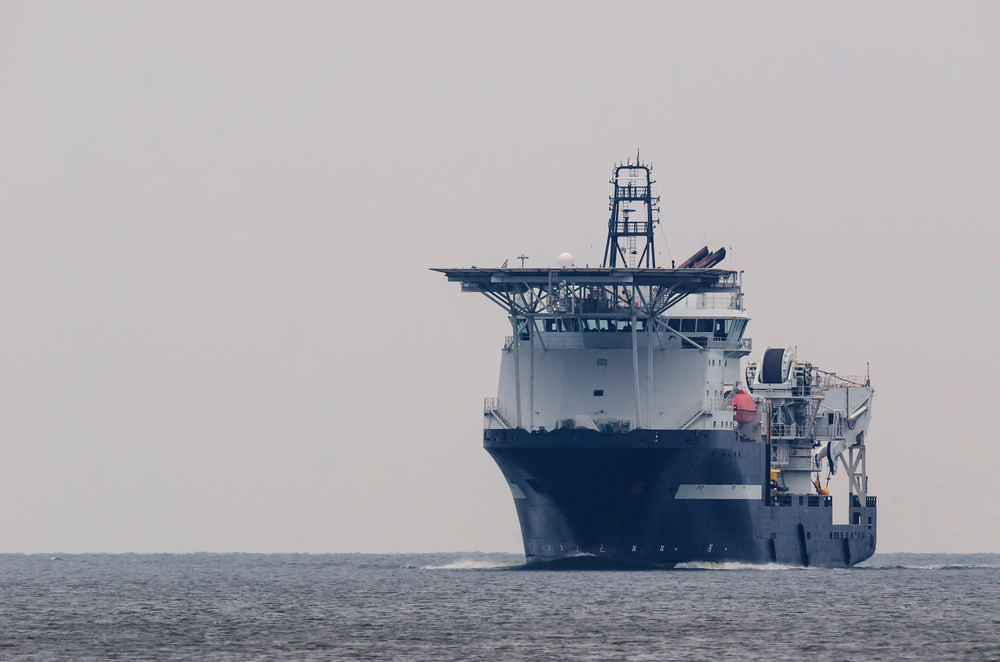Sarah McLean
,
Lead Content Manager
Author
, Published on
October 25, 2024
No items found.

With Jan De Nul’s Les Alizes entering the WTIV fleet, Spinergie takes a closer look at the “next-gen” of the wind installation vessel market.

In early February 2023, Jan De Nul Group’s Les Alizés entered the Red Sea on its way to Europe. The vessel is ahead of the pack of next-gen WTIVs scheduled to enter the offshore wind industry in the coming years.
Deliveries of wind installation vessels are on an upward trend since late 2022 following a slow period between 2015 and 2020. Main crane capacities are also rising as wind farm infrastructure (foundations, turbines etc.) continues to trend larger.
Most active jackup WTIVs have a main crane capacity under 1,000 t with a few coming in under 2,000 t. The next-gen of jackups have capabilities between 2,000 and 3,500 t.
In the floater category, many of the older units, such as Saipem 7000 or Svanen, feature impressive crane capacities of over 5,000 t. In the future, prospective FIV designs will have 6,000 t cranes. Heerema’s Sleipnir, an older floating vessel, remains in a category of its own with a main crane capacity of 10,000 t.
The global fleet of heavy-lift jack-ups will increase consistently by three to four units per year until 2027. In the last quarter alone, three newbuilds - Jan De Nul’s Voltaire, Shimizu’s Blue Wind and Penta Ocean’s CP-16001 – set off from their shipyards for sea trials or outfitting.
Upcoming deliveries include Seaway Ventus, Charybdis, and Boreas among others. Early announcements from new entrants indicate that there is an appetite in the market for still more vessels to be introduced. However, as it stands, the schedule of confirmed deliveries for these next-gen WTIVs ends in 2027, beyond which we have yet to see any firm construction contracts.
To find out more about this topic, and how Spinergie’s solutions can help you optimize your operations and reduce your carbon footprint, schedule a demo with our team.

Analysis of the subsea vessel fleet including its resurgence of interest and expectations for the future.
.jpg)
Maersk’s Sturgeon WTIV was set to be a pioneering Jones Act-compliant vessel for the US offshore wind market. Yet, with the domestic market faltering under the new administration the project was terminated just before delivery. Is this a sign of the wind market replicating the offshore rig glut of the mid-2010s? Spinergie’s Lead Analyst, Yvan Gelbart, presents his analysis.